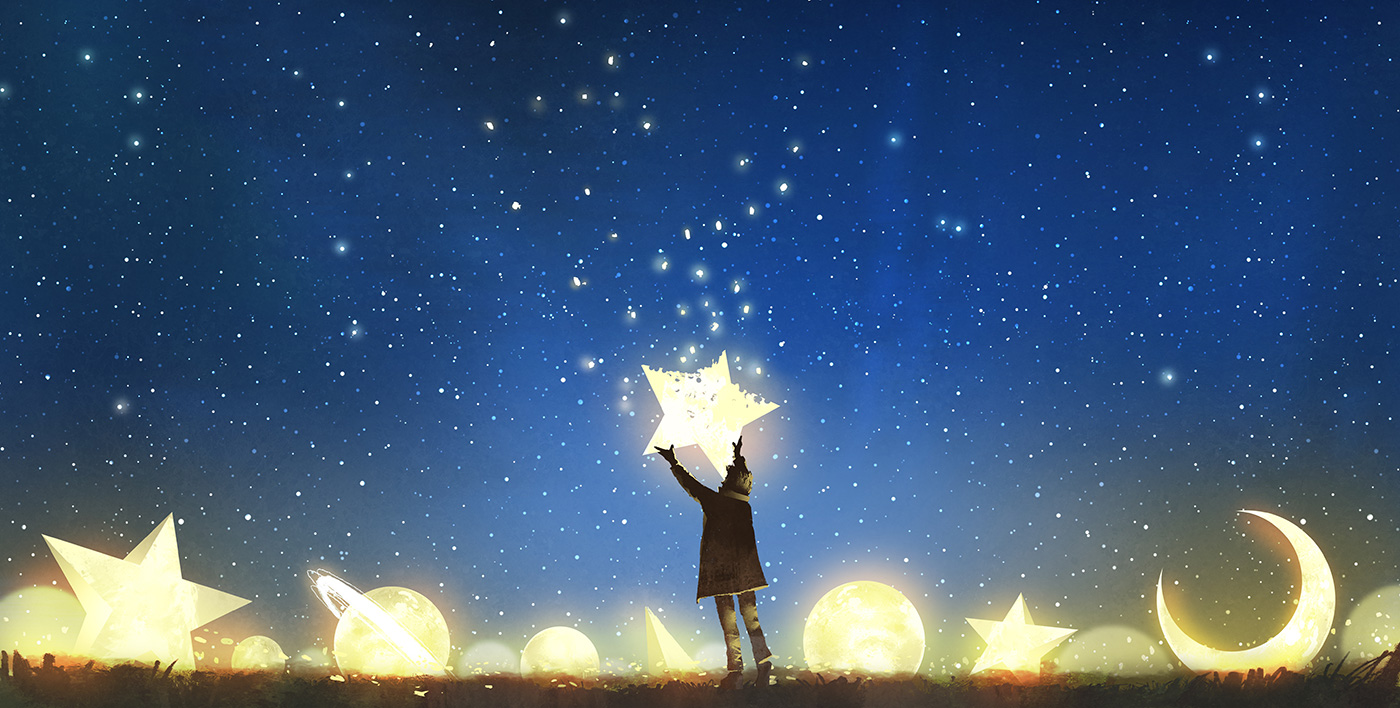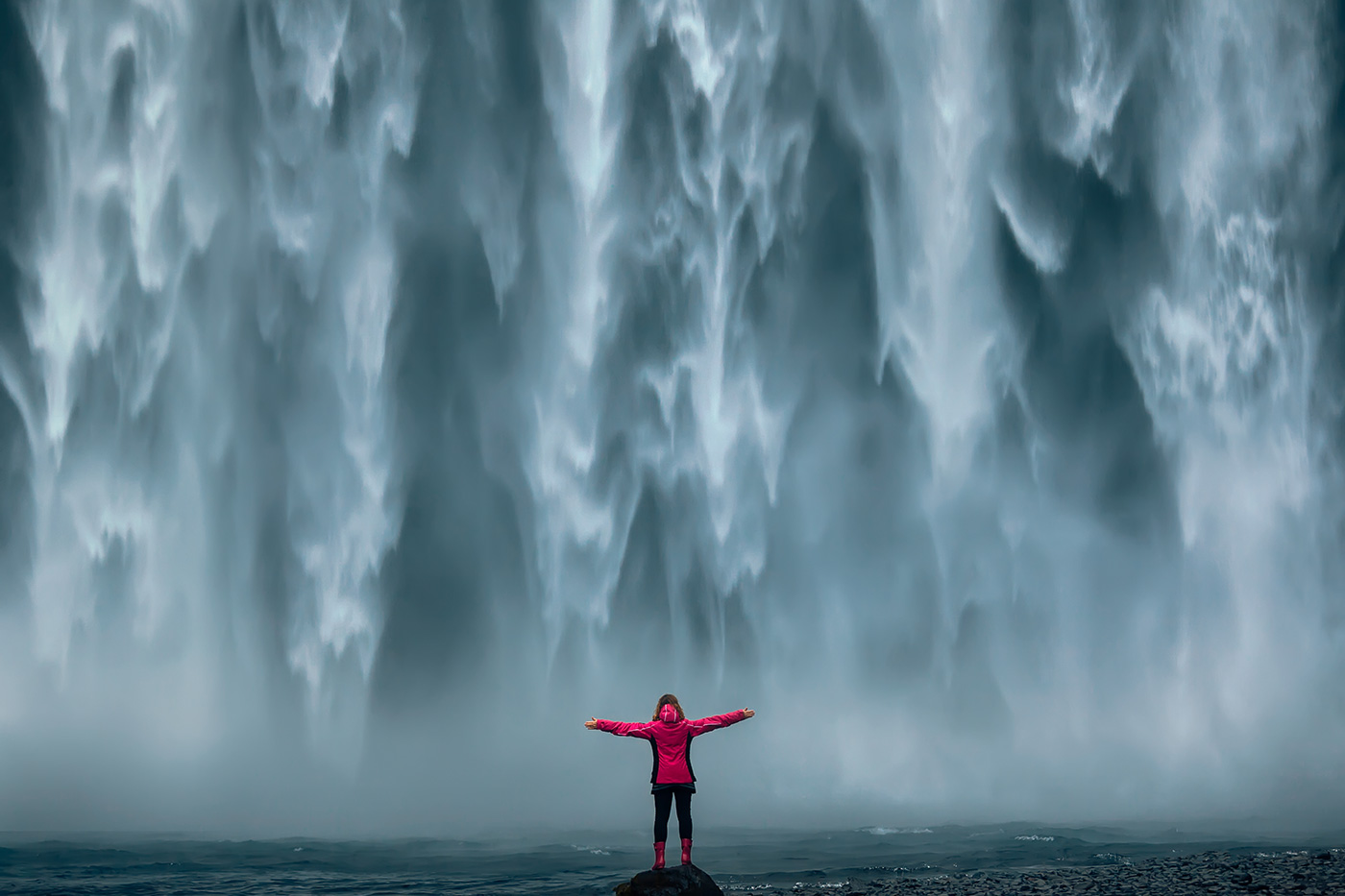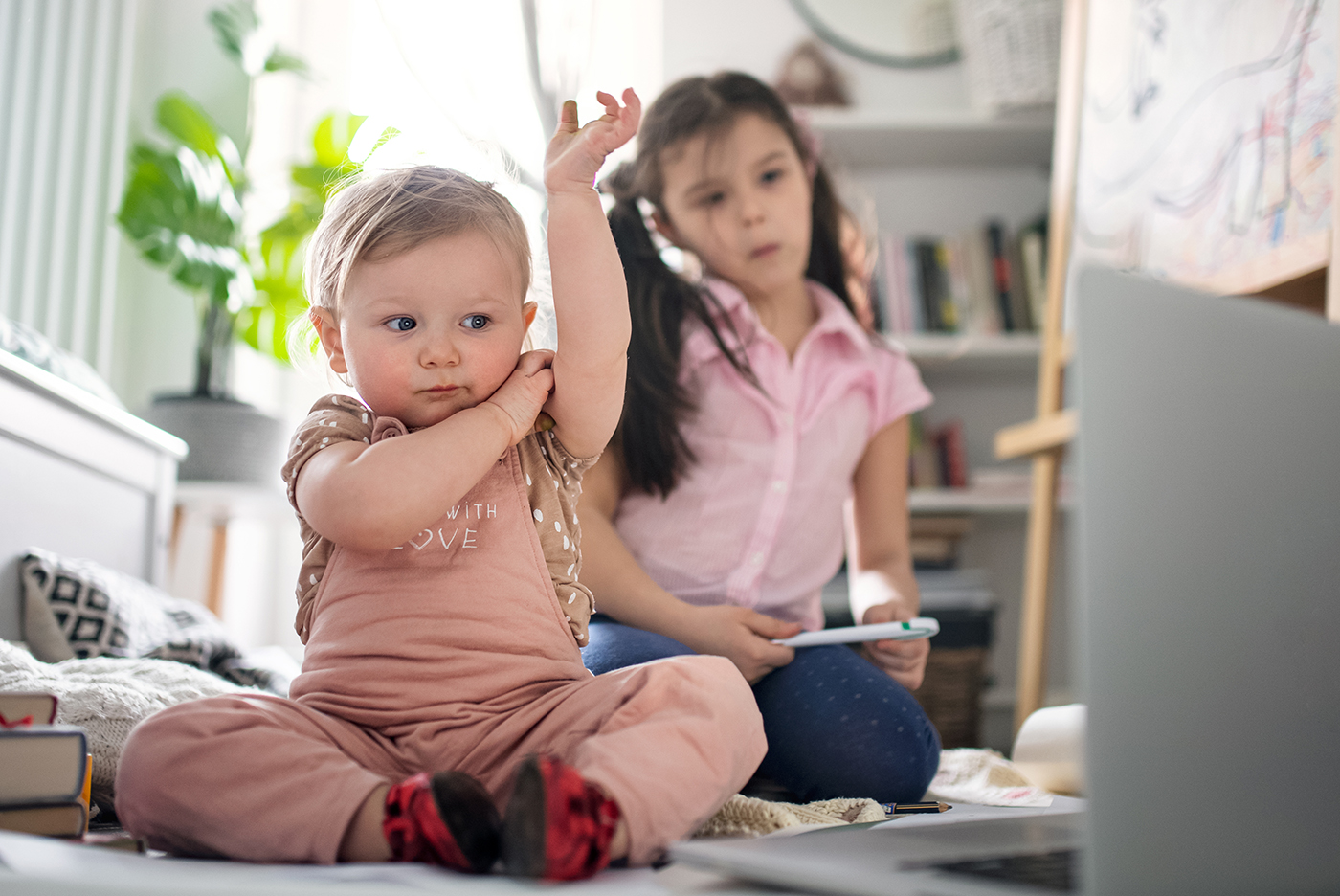Why visuals are so important for learning in kids stories.

You’ve probably heard the old adage — a picture is worth a thousand words.
Well that’s not quite accurate.
It’s more like a picture is worth 60 thousand words.
We humans are visual creatures.
Our brains evolved to absorb and process visual stimuli in the world around us.
The area of the brain used to process verbal language is much smaller than the parts used to process visuals.
That’s why we process visuals much faster than auditory words – 60 000 times faster to be precise (McCoy, 2019).
Take a look at this image. What does it say to you?

One image can convey an essay of meaning, tell a whole story, unlock imagination, give the viewer greater understanding, and pull our emotional levers – all without saying a word.
And what about this image?

How long would it take you to explain this yoga routine to someone using just verbal language words? Probably 15 minutes.
But with this image, it’s so clear and obvious that nothing needs to be explained that they can’t get in seconds just by glancing over the visuals.
The immense power of visuals is why they are our preferred form of communication. This makes sense if you think about comics, iconic photos or other powerful visual mediums like art, movies, TV and, especially, children’s entertainment.
Kids aren’t the greatest readers (yet), so they rely on visuals alongside minimal text to process, understand, interpret, and learn from books (and the world around them).
Visuals for learning

- Pictures aren’t just for show. When it comes to learning, the combination of words and pictures has actually been proven to be more effective than just words alone.
- These benefits relate to the multimedia learning theory that people learn better from words and pictures than from words alone, because words and images rely on different conceptual and cognitive processes (Fletcher & Tobias, 2005).
- Research supporting this theory has shown that learning tends to be less in-depth when associated with text alone, and that learners are less likely to connect what they have read with new or old knowledge (Cobbs, no date).
- Studies have shown that test performance among students improved by an average of 89% when text-based instructions were accompanied with a graphic (McCoy, 2019.)
- Research has also shown that the effective use of visuals can decrease learning time, improve comprehension, enhance retrieval, and increase retention (Kouyoumdjian, 2012).
- Visuals can include maps, symbols, and icons – but the golden rule is that these visuals need to connect with the text (Kouyoumdjian, 2012).
- Research supporting this theory has shown that learning tends to be less in-depth when associated with text alone, and that learners are less likely to connect what they have read with new or old knowledge (Cobbs, no date).
- There are so many features that make visuals such great learning tools, especially for kids.
- One of the more practical aspects is that visuals are permanent and can be viewed over and over again.
- Visuals can therefore be used as cues or signs for children, which help them to learn and form connections to understand the world.
- This is very helpful in teaching independence in younger kids as they can use visuals to figure out the world for themselves.
- That’s why star charts work so well – they are visual representations of concrete accomplishments. And most kids want to see it filled with stars.
- Visuals help store information in long-term memory. The ability to hold a picture in your mind means you are able to retain and retrieve that information more easily.
- Visuals help to make communication quicker and more effective, and help learners grasp concepts by literally putting a picture in their head to jumpstart their imagination.
- Plus, the beautiful, fun, and sometimes silly images add to engagement and make content more captivating and enjoyable (Jandhyala, 2017).
- One of the more practical aspects is that visuals are permanent and can be viewed over and over again.
Visuals are our secret sauce here at Whimsifull.
That’s why we make them such a priority in our animated mini-movies.
Being parents ourselves, we know what appeals to our kids – exciting, engaging, brilliant animation.
The fact that these brilliant animations help our kids to learn is just an added bonus.
From space, to superhero metropolises, to undersea adventures – we have an entire studio of animators devoted to creating the beautiful worlds of our personalized mini-movies.
And the fact that your kids become the avatars of their stories means they literally see themselves in these worlds, making the visuals so much more powerful.
We love the look on our kids’ faces when they see their avatars in their Whimsifull adventures.
And your kids will too, when you sign up for your free trial today.
